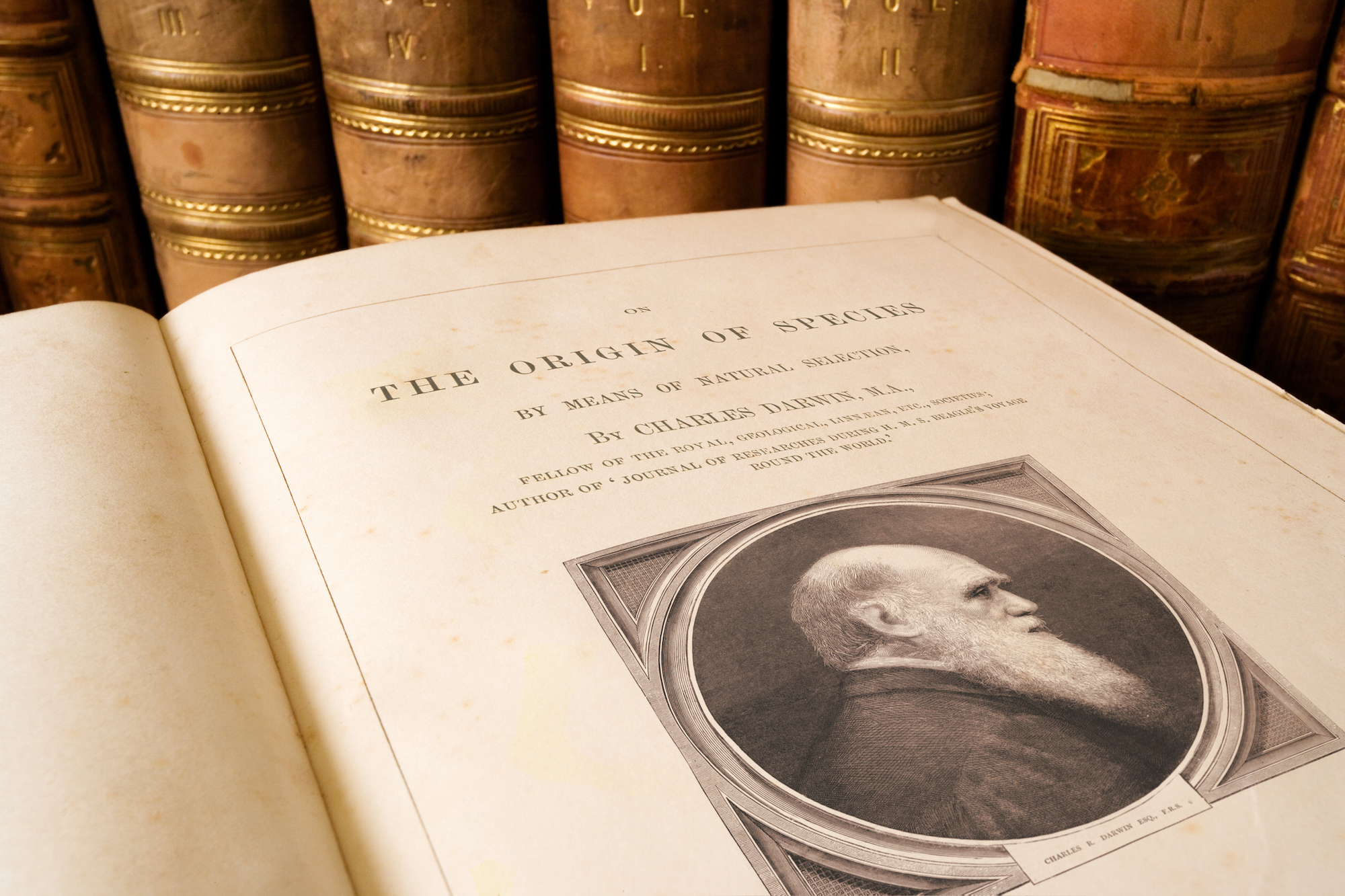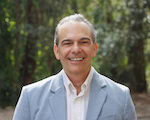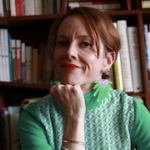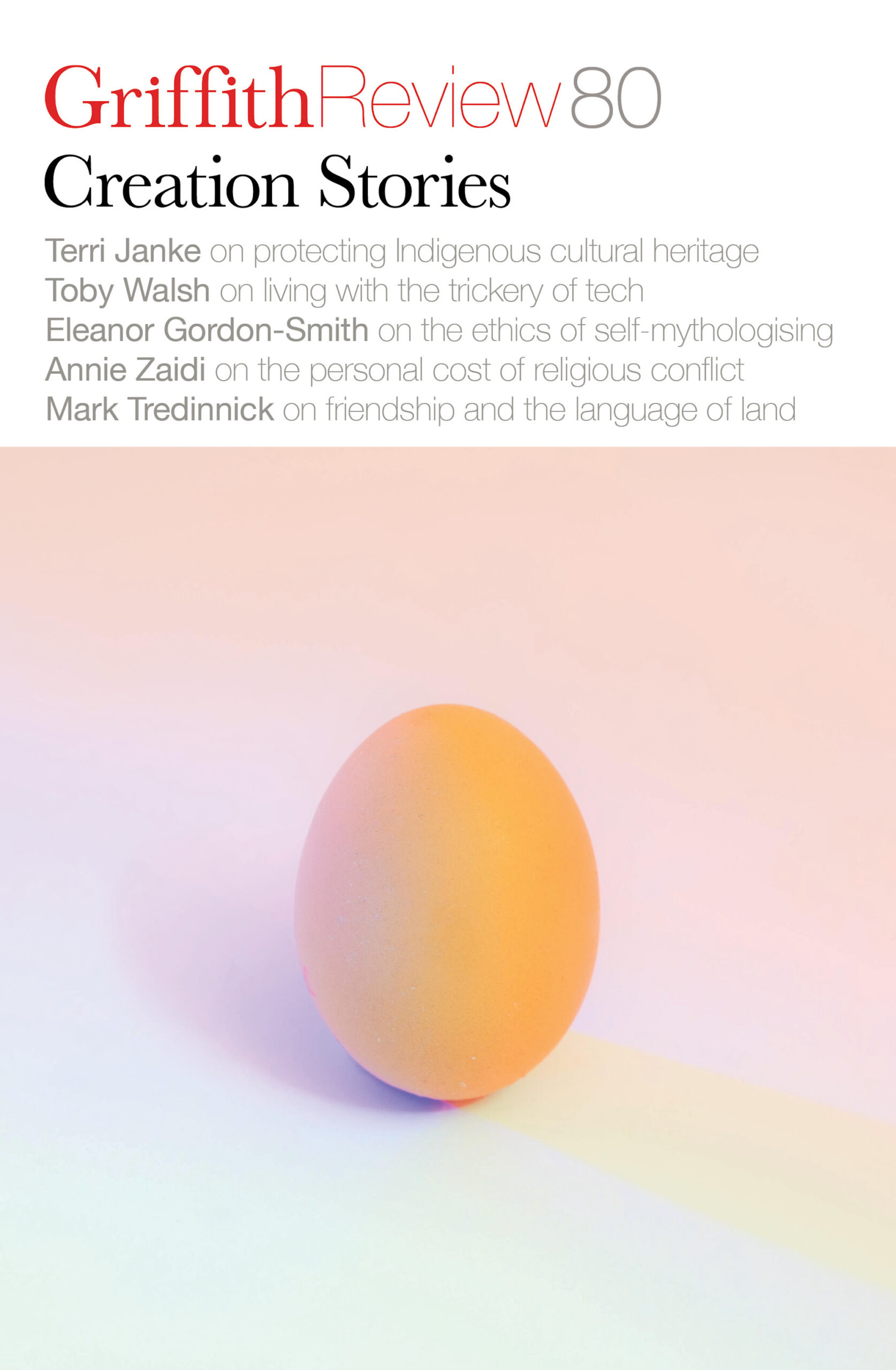Professor Michael Petraglia has always been drawn to the distant past. Growing up, he pored over copies of National Geographic and books about Ancient Egypt that his family – particularly his older sister – would gift him every Christmas. So it seems only natural that he would pursue a career in archaeology that’s taken him around the world, from teaching at the universities of Oxford and Cambridge in the UK to directing field projects in Africa and Asia that have reframed our understanding of ancient human migration. Professor Petraglia, now the Director of Griffith University’s Australian Research Centre for Human Evolution (ARCHE), and he talked to Griffith Review Editor Dr Carody Culver about the origin story of our species – which, like humanity itself, is constantly evolving. This is an excerpt.

An excerpt from ‘The age of discovery’
CARODY CULVER: Archaeology is one of those professions that’s quite sensationalised and romanticised – films like Indiana Jones really emphasise the intrigue and the adventure and don’t so much touch on the more practical, technical or scientific elements of the job. Could you talk a little bit about the multidisciplinary nature of archaeology and the different fields it draws on to help us study and understand the past?
MICHAEL PETRAGLIA: Discovery is what the public often sees – it’s the fodder of news and media attention that brings people into archaeology. It’s why I enjoy going to the field – as we discover new things and create new knowledge. But you’re right in that modern archaeology is not just about discovering things. In any large-scale archaeological project you have archaeologists and researchers from all sorts of subdisciplines – so on my projects, for example, I have the scientific contributions of geneticists, palaeontologists, Earth scientists, rock art experts and people from fields within the sciences and the social sciences and humanities. And that’s because when you go out into the field, you’ll be excavating, finding new archaeological sites, and you will ultimately have to put them into biological, cultural and environmental context. Archaeologists alone can’t do that, so you have to have a broad scientific team to effectively tell the story of what humans were doing in certain spots and how we evolved. You can’t really understand our history and our evolution without including a wide range of scholars. The key challenge is: how do you effectively bring the team together in order to tell a collective story? That’s the hard part.
“… modern archaeology is not just about discovering things. In any large-scale archaeological project you have archaeologists and researchers from all sorts of subdisciplines …”
CC: When you were in graduate school in the United States, you were drawn to the teachings of Lewis Binford, who’s known as the father of ‘New Archaeology’. Could you explain what New Archaeology is and what influence Binford has had on the field?
MP: Binford’s work began in the 1960s – it was a reaction against traditional archaeology, which back then was very culture-historical – it was dominated by an approach that looked at how material culture changed over time. Lewis Binford came in and forcefully opined that we archaeologists needed to be doing a lot more than just that: we needed to understand the behaviour of people in the past, and we needed to put that information into ecological context, examining changes through time, our evolution and much more. This ended up being called the New Archaeology. This academic change can be seen as part of the social changes that were going on in the US in the 1960s – when there was a lot of turmoil and rethinking going on. Binford transformed our field from one that was culture-historical to one that was more behavioural and ecological in approach, examining how humans and societies change through time.
Please read the rest of the interview at Griffith Review
FEATURING
 Professor Michael Petraglia is Director, Australian Research Centre for Human Evolution, Griffith University, Brisbane, Australia. He is well known for leading and implementing large-scale interdisciplinary archaeological projects in Eastern Africa, the Middle East, the US, and in several regions of Asia, including India and China.
Professor Michael Petraglia is Director, Australian Research Centre for Human Evolution, Griffith University, Brisbane, Australia. He is well known for leading and implementing large-scale interdisciplinary archaeological projects in Eastern Africa, the Middle East, the US, and in several regions of Asia, including India and China.
Michael is passionate about archaeology and human evolutionary studies. From 2001-2016, he taught at the Universities of Cambridge and Oxford, UK, and from 2016 to 2022, he was based at the Max Planck Institute for the Science of Human History, Germany. He is currently a Research Associate in the Human Origins Program of the Smithsonian Institution, USA, and an Honorary Professor at the University of Queensland, Australia.
 Dr Carody Culver is the editor of Griffith Review. She has written for publications including Kill Your Darlings, The Lifted Brow, Books+Publishing and Griffith Review. Her chapbook, The Morgue I Think the Deader It Gets, was published by Cordite in 2022, and she’s been a featured Australian poet on the Best American Poetry blog.
Dr Carody Culver is the editor of Griffith Review. She has written for publications including Kill Your Darlings, The Lifted Brow, Books+Publishing and Griffith Review. Her chapbook, The Morgue I Think the Deader It Gets, was published by Cordite in 2022, and she’s been a featured Australian poet on the Best American Poetry blog.
Share
Share
Share

